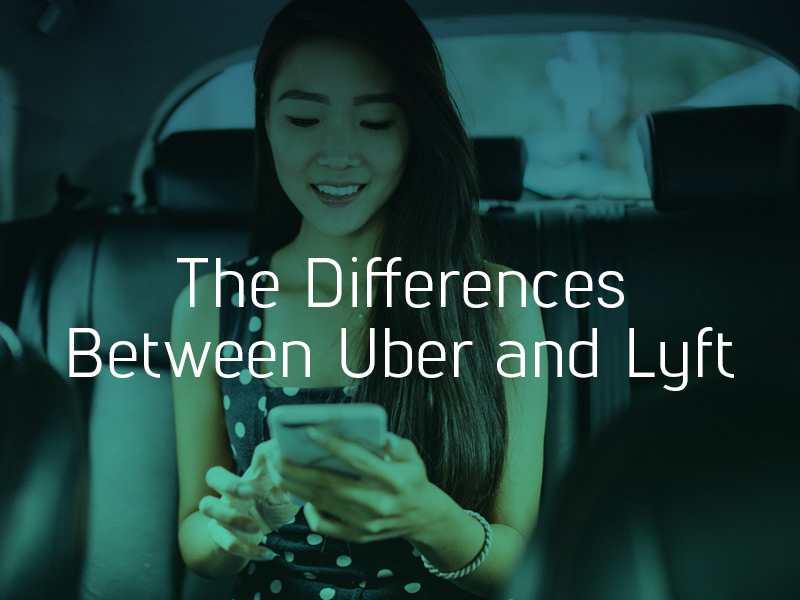The ride share industry is rapidly growing in the United States and around the world, but two major corporations hold the majority of the power: Rideshare and Lyft. Although these apps have two very similar interfaces and modes of operation, Rideshare and Lyft actually differ in a few key ways. With this information, you can choose which ride share option is best for you — or if you would rather take another mode of transportation.
#1: Pricing and Payment
Both Rideshare and Lyft follow a very similar pricing system: both apps charge approximately $1.50 per mile with a $1 minimum starting charge. In the app, you are able to see what the cost of your ride will be before you request a driver, helping you avoid unwanted fees and surcharges. In addition, the payment systems on both apps are solely electronic.
During busy times, both Rideshare and Lyft participate in some form of surge pricing. Rideshare refers to these times as Surge, and Lyft refers to these as Prime Times. Rideshare increases its prices by using a multiplier, while Lyft operates on a percentage system.
For example, a busy time on Rideshare might lead to a 3x fare increase — a $10 ride would cost $30. On Lyft, Prime Time pricing might add a 50% increase to the base fare you would pay, so that $10 ride would increase to $15. In these situations, Lyft may be more economical.
#2: Safety Features
Thousands of passengers and drivers have experienced instances of sexual assault, battery, and other acts of violence while using Rideshare and Lyft. In response to these incidents, both apps include similar features to increase the safety of its users.
In the Rideshare app, users have the option to dial 911 directly from the platform in dangerous situations. Before a rider enters a Rideshare, he or she can verify the details in the Rideshare app to ensure that he or she is getting into the right vehicle. The company has a series of planned features to improve the Rideshare experience as well, including the ability to record audio while riding in one of its vehicles.
On the Lyft platform, riders also have the option to dial 911 in emergency situations within the app. Lyft can also detect whether or not a ride is experiencing any suspicious delays, and will send a push notification to both the passenger and the driver asking if they need any help. Lyft is also taking company-wide measures to prevent sexual assault — all of its drivers must complete a community safety education course administered through the Rape, Abuse, and Incest National Network (RAINN).
#3: Customer Support
Whether a user is attempting to locate a lost item or to report a dangerous driver, the ability to easily contact customer support is important. Both companies give users the option of contacting customer service representatives through their apps or websites, via email, or by calling critical support lines in emergency situations.
Large companies often outsource or automate customer support responses as often as possible, and Rideshare and Lyft are no exception. Users report receiving generic responses to queries and Lyft tends to give more detail when responding to customer concerns.
Both companies recommend that users read their Help sections before reaching out for help. For critical situations such as dangerous drivers and violent crimes, both platforms tend to respond quickly via their critical response helplines.
While Rideshare and Lyft do have some key differences, they share many of the same characteristics and issues — including the prevalence of violent crime, particularly sexual assault, that drivers and passengers alike experience when using their platforms. If you are the victim of sexual assault, battery,/ or another act of violence while using Rideshare or Lyft, legal options are available to you. Contact a Rideshare and Lyft sexual assault attorney as soon as possible to discuss your case and to begin planning your next steps.

